PHYTOS 31
PHYTOS 31
Leaf Wetness Sensor
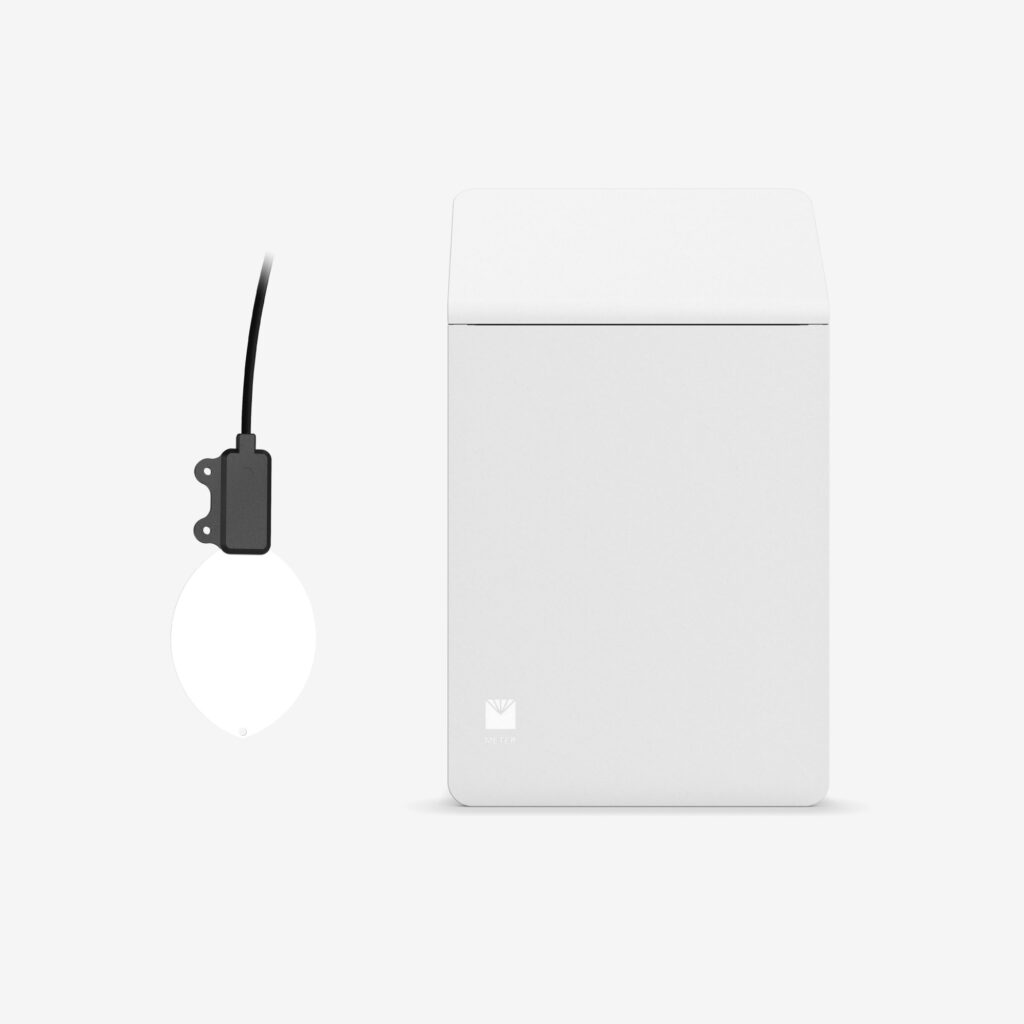
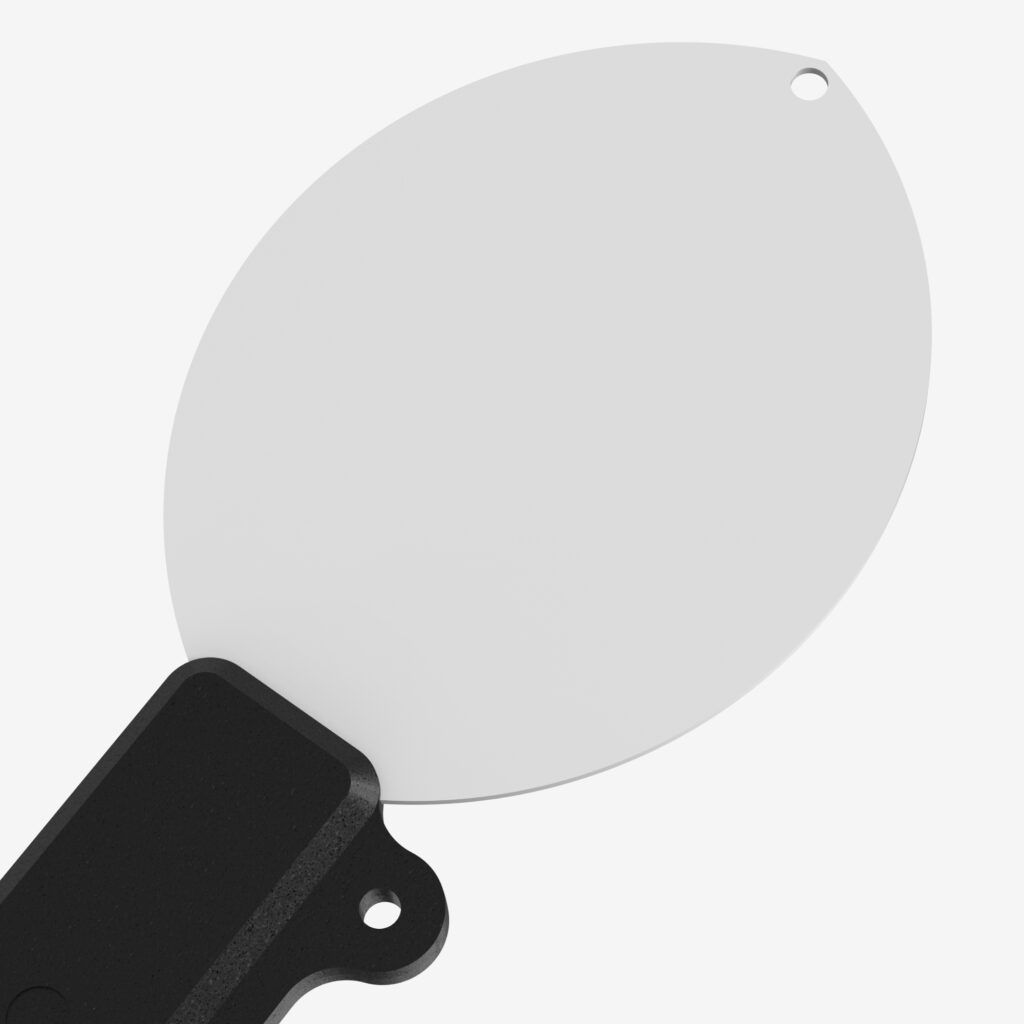
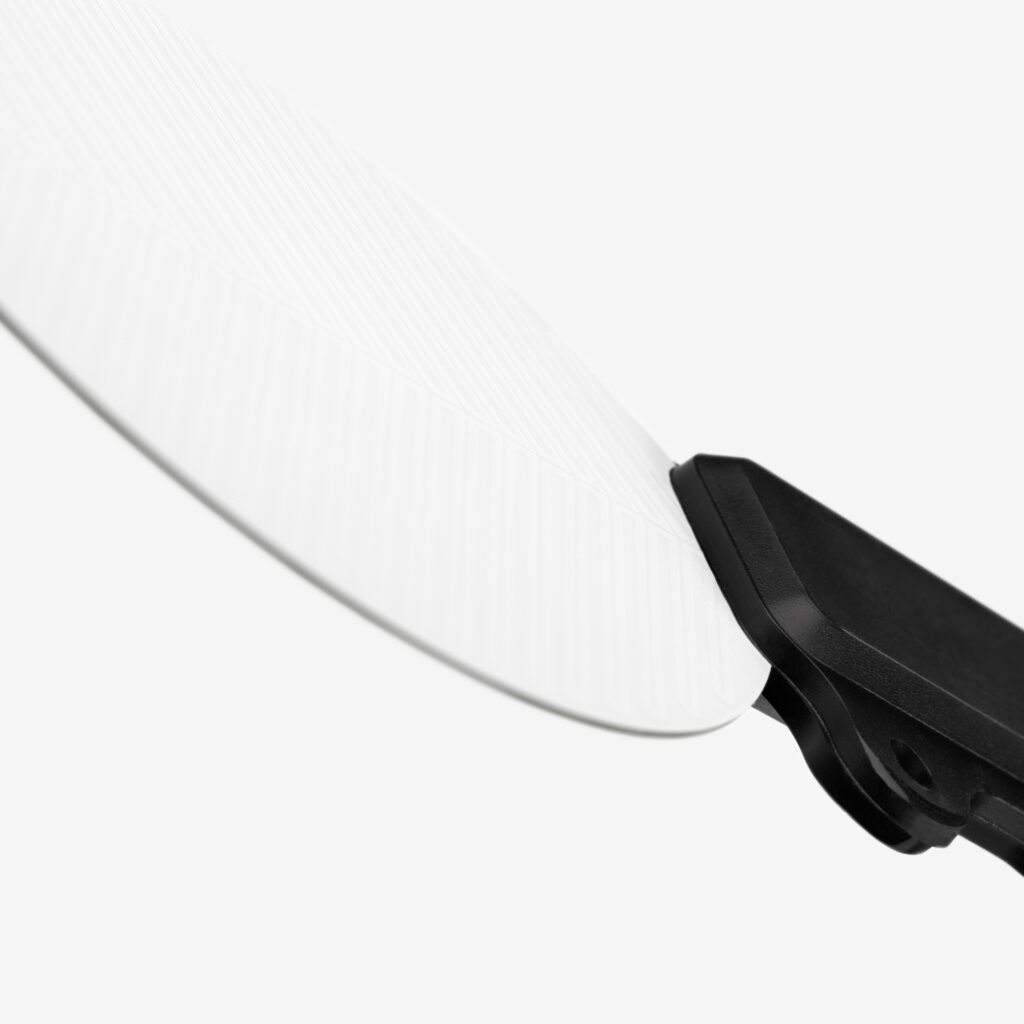
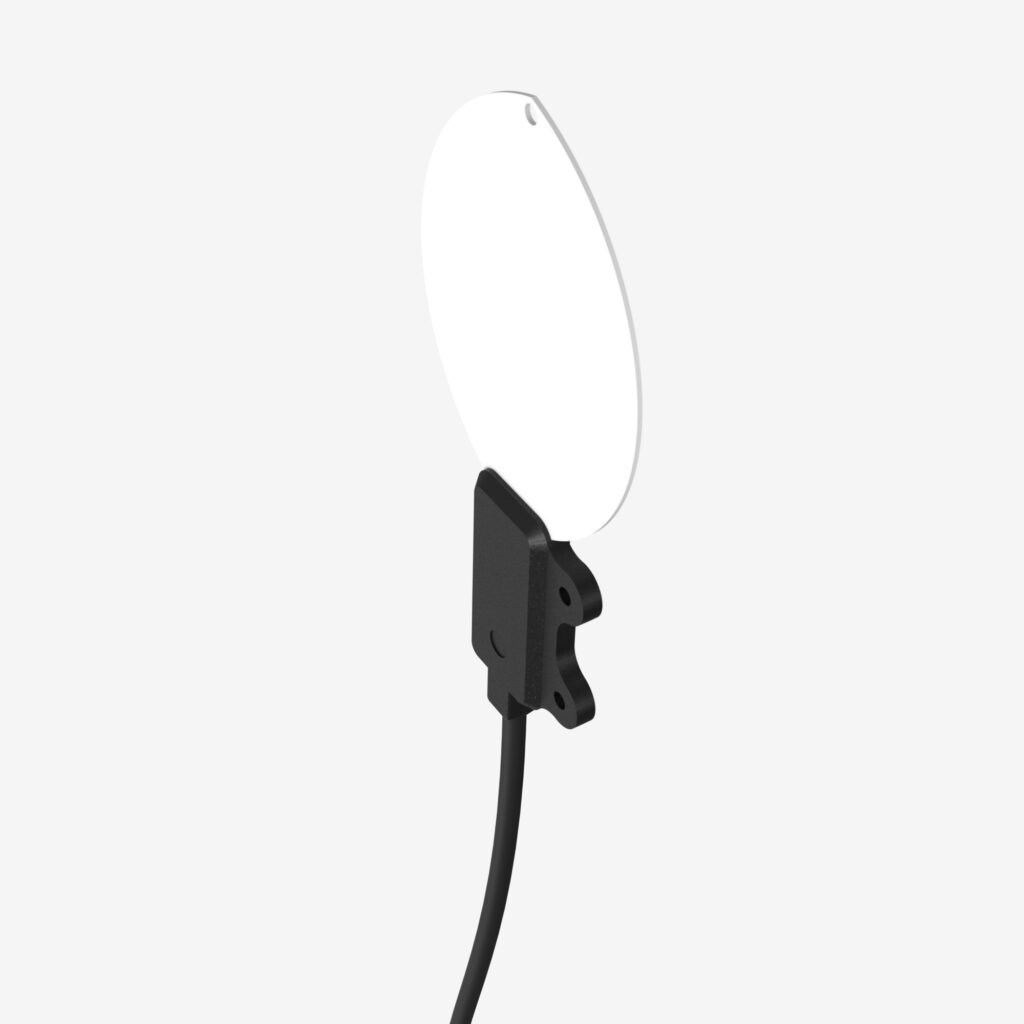
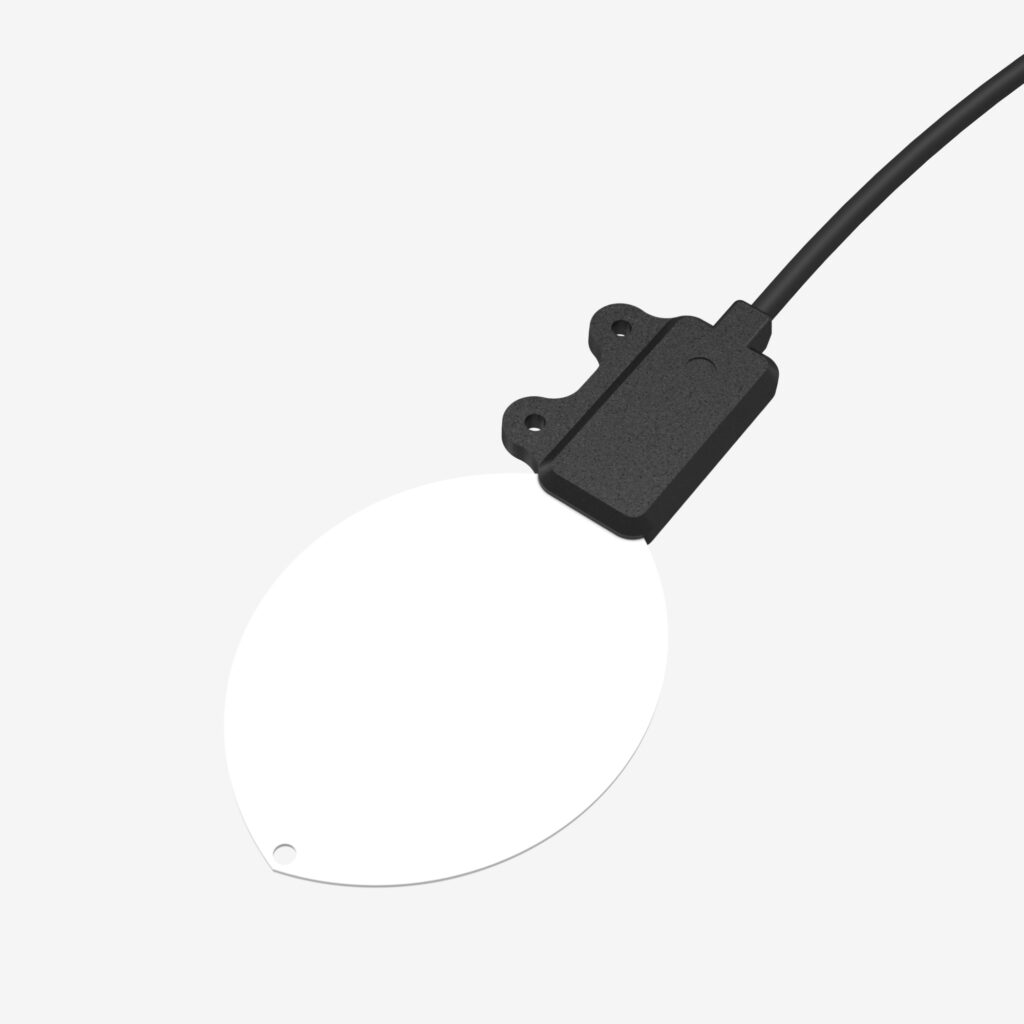
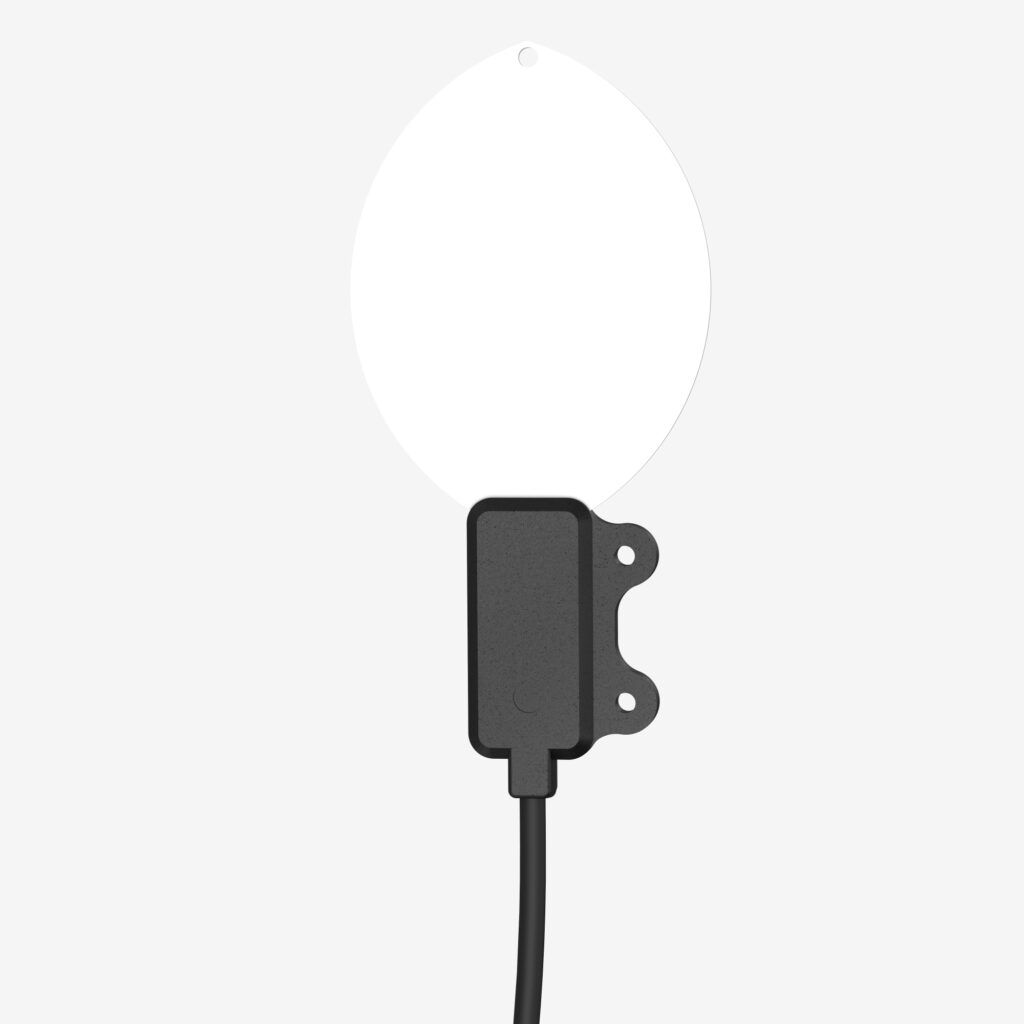
The PHYTOS 31 leaf wetness sensor is not only a more accurate instrument, it’s also the easiest to set up, making it a simple and straightforward solution.
- Leaf wetness sensor even detects ice formation
- Sensitivity without false positives
- Mimics a real leaf, so moisture will condense/evaporate as it would on a normal leaf
Leaf wetness—Simplified
Diseases and infections can destroy an entire crop, but applying fungicides is costly and time-consuming. If you’re deciding when to spray by monitoring leaf wetness with a resistance grid sensor, you’ll have trouble accurately determining wetness duration without a lot of extra work. You need an accurate sensor that is simple to set up with stable, consistent, easy-to-use thresholds like the PHYTOS 31.
Say goodbye to guesswork
The PHYTOS 31 accurately measures both the onset and duration of wetness on a simulated leaf, which in turn predicts when the onset of certain diseases or infections may occur. It’s not only a more accurate instrument, but it’s also the easiest to set up, and when paired with the ZL6 data logger, it gives you access to remote data in real time, making it a smart, simple and straightforward sensing solution.
Accuracy you can feel secure about
Only the PHYTOS 31 ensures that every water droplet is measured. Unlike conventional leaf wetness sensors, its resistance grid doesn’t use salt-laced latex paint which absorbs water. This gives it extra sensitivity to avoid false positives. So there’s no having to cull data to figure out if the sensor was really wet or not.
Simply accurate
Through sophisticated, yet simple engineering, PHYTOS 31 delivers unmatched accuracy in an easy-to-use sensor. It saves you both time and labor, while reducing your worry and guesswork.
Even detects ice formation
The PHYTOS 31 uses capacitance technology, so it can sense sub-milligram levels of water condensing on the surface, including frost and ice formation. That way you can establish a threshold that not only indicates when the sensor is wet, but also senses how much water there is. This kind of moisture clarity reduces guesswork and worry about accurately predicting disease conditions.
Simple as nature
When your moisture sensor mimics the energetics of an actual leaf, making measurements is a lot easier. There’s no having to paint your sensor’s non-resistance grid first to get good data. No creating thresholds. And no worrying about lots of wiring. Instead, all you have to do is plug the PHYTOS 31 into the ZL6 data logger, where wet and dry threshold ranges are already programmed in. The result: you save time.
Feature summary
- Accurate and easy to use
- Detect leaf wetness and ice formation
- Sensitivity without false positives
- Mimics a real leaf, so moisture will condense/evaporate as it would on a normal leaf
- Plug and play capability
- Use with the ZL6 data logger for remote data collection
- No need to create thresholds when used with the ZL6 data logger
Physical Specifications
Dimensions
Length: 12.0 cm (4.7 in)
Width: 5.8 cm (2.3 in)
Height: 0.8 cm (0.3 in)
Operating Temperature Range
Minimum: -40.00 °C
Typical: NA
Maximum: 60.00 °C
NOTE:Sensors may be used at higher temperatures under certain conditions; contact Customer Support for assistance.
Cable Length
5 m (standard)
40 m (maximum custom cable length)
NOTE: Contact Customer Support if a nonstandard cable length is needed.
Cable Diameter
0.165 ±.004 (4.20 ± .10 mm) with min. jacket of .030 (.76 mm)
Connector Types
3.5-mm (stereo) plug, or stripped and tinned wires
Stereo Plug Connector Diameter
3.50 mm
Conductor Gauge
22 AWG/24 AWG drain wire
Electrical and Timing Characteristics
Supply Voltage
Minimum: 2.5 VDC
Typical: NA
Maximum: 5.0 VDC
Settling Time
10 ms
Output
300−1,250 mV (depends on excitation voltage)
Data Logger Compatibility
Data acquisition systems capable of switched 2.5–5.0 VDC excitation and single-ended voltage measurement at greater than or equal to 12-bit resolution.
Other
Compliance
EM ISO/IEC 17050:2010 (CE Mark)
GSA
